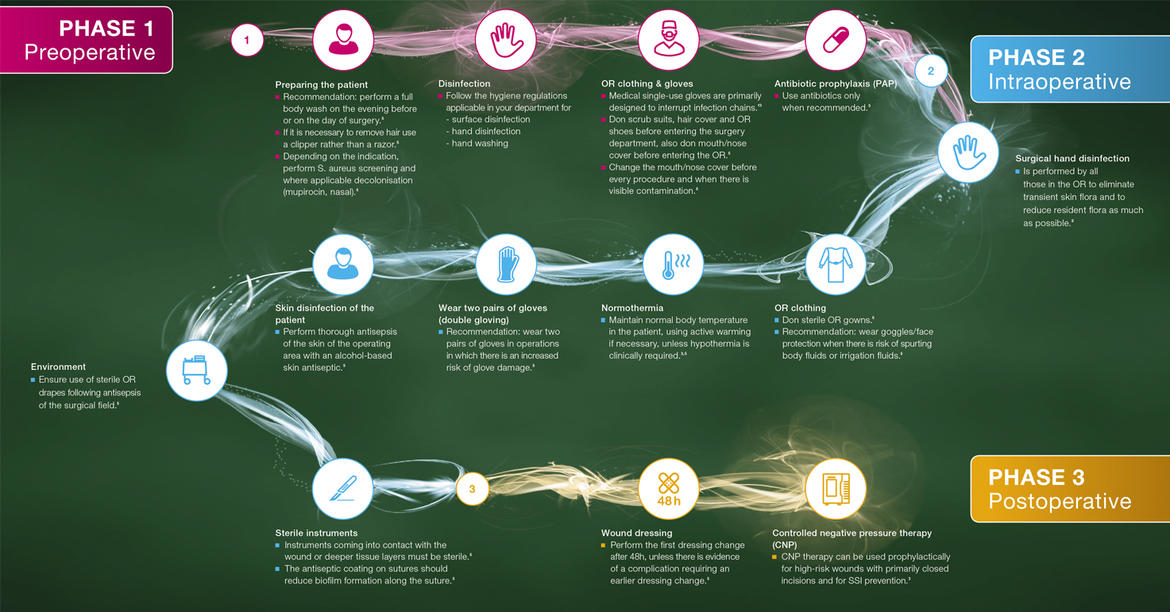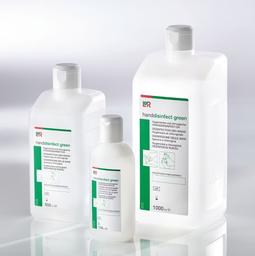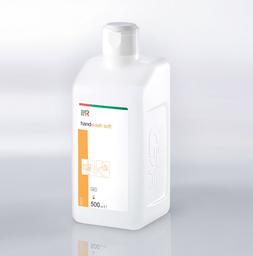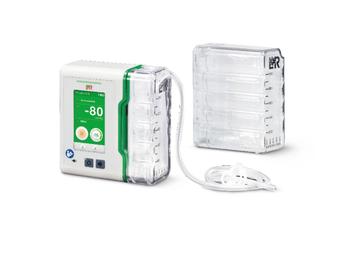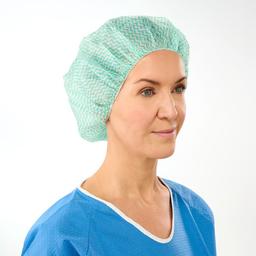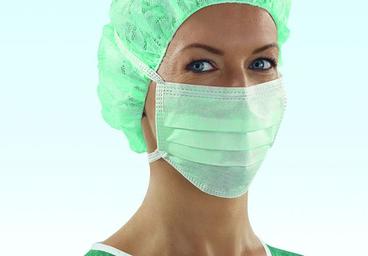The number of surgical procedures performed in the industrialised nations of Europe is steadily increasing. Eurostat figures show an increase in the most common kinds of surgeries for the period from 2008 to 2016.1) The prevention of surgical site infections (SSI, postoperative wound infection) is therefore becoming an increasingly important issue 2), all medical procedures being associated with an increased risk of infection. As a leading provider of pioneering medical devices and hygiene products, Lohmann & Rauscher has set itself the goal of supporting patients and healthcare professionals in SSI prevention - not only by offering appropriate solutions and products but also by providing information about SSI.
Why preventing SSI is so important and what you can do for it?
SSI is currently the second most common cause of hospital acquired infections in Europe.3) SSI prevention is therefore becoming an increasingly important issue. Appropriate preventive measures can largely prevent infections that occur during surgery.2) Nosocomial postoperative wound infection is mostly caused by pathogenic bacteria, in rare cases also in combination with fungi. However, the range of pathogens may vary depending on the operation area/type of operation. Although experts agree that it is not possible to reduce the infection rate to zero, SSI prevention is well worth the effort; for example, 40% of all nosocomial infections can be prevented by proper hand hygiene alone.4)
SSI prevention requires systematic action; a marked reduction in the risk of infection can only be achieved with the proper implementation of infection prevention. Thus, to help ensure the successful implementation of preventive measures, health authorities have been issuing guidelines and recommendations for many years. This includes the most recent recommendations from April 2018 of the Robert Koch Institute, Commission for Hospital Hygiene and Infection Prevention (KRINKO) on the Prevention of Wound Infection. The KRINKO guidelines cover pre- and intra- as well as postoperative measures and does not distinguish between outpatient and inpatient surgery with regard to SSI risk.5) The KRINKO guidelines on SSI prevention show how complex the subject is but also make it clear how many simple and readily implementable measures can effect an improvement.
Did you know?
The bacteria that are most commonly related with SSI are among others2):
For more information on these and other pathogens, click here.
Get our SSI brochure
Find out which solutions and products do support you pre-, intra- and postoperative in our product brochure.
You can download it here.
Sign up for our newsletter
Are you interested in a clean and sterile working environment and would like to be kept informed about the latest research in the fields of hygiene, microbiology and epidemiology?
Become part of our movement and subscribe to our newsletter.
Click here and register in just a few steps.
Article: Medical personnel may not be aware of the risk of infection

Hand hygiene is still not sufficiently and consistently implemented. According to a recent study, one possible reason is that medical personnel do not seem to be aware of how often they touch patients, and the surfaces inside and outside of the patient's environment. Such contacts can transmit microorganisms and create potential risks of infection.
Article: Surgical Site Infections (SSI) – The history of prevention
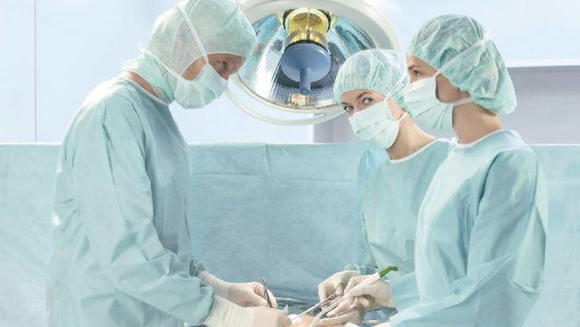
Every medical procedure is accompanied by a risk of infection. Preventive measures in particular are key to avoiding postoperative wound infections. Since 1983, health authorities have published recommendations with behavioural guidelines, for example, what steps are important and when they should be taken.
Benefit from our comprehensive portfolio and expertise with regard to SSI prevention.
We are glad to assist you.
Eurostat. In Krankenhäusern durchgeführte chirurgische Eingriffe und Verfahren nach ICD-9-CM. appsso.eurostat.ec.europa.eu/nui/submitViewTableAction.do. Letzter Zugriff: Februar 2019.
Infektionen verhindern: Surgical Site Infections – Die Geschichte der Prävention. www.hygiene-in-practice.de/surgical-site-infectionsdie-geschichte-der-praevention/. Letzter Zugriff:Februar 2019.
Global Guidelines for the Prevention of Surgical Site Infection. World Health Organization 2016. www.who.int/gpsc/global-guidelinesweb. pdf?ua=1. Letzter Zugriff: Februar 2019.
Kampf G, Löffler H, Gastmeier P. Händehygiene zur Prävention nosokomialer Infektionen. DtschArztebl Int 2009;106(40):649–655.
Prävention postoperativer Wundinfektionen. Empfehlung der Kommission für Krankenhaushygiene und Infektionsprävention (KRINKO) beim Robert Koch-Institut. Bundesgesundheitsbl 2018; 61:448–473.

